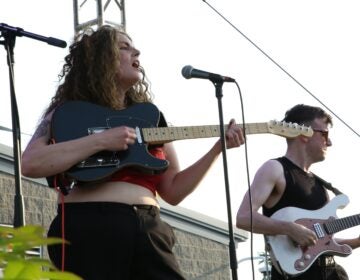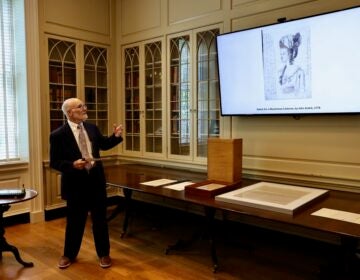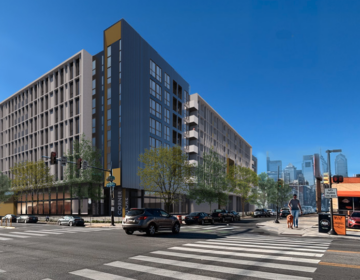Breathing new life into Wissahickon Valley
The city has loved Wissahickon Valley Park to death, literally.
We’ve stomped along its trails, leading to erosion, sedimentation and the uprooting of whole trees. We’ve invited our dogs, horses and mountain bikes to tread heavily on it. We’ve eked out paths where there weren’t any, illegally altering the parkland and, perhaps even worse, leading to even more erosion and sedimentation. And that, in turn, has caused stormwater runoff and the flow of contaminants from the streets into the stream.
“This a watershed problem,” said Maura McCarthy, Friends of the Wissahickon’s executive director. “It’s a feeder stream. We drink that water.”
At a Monday meeting, McCarthy, a city representative and other members of the Friends of the Wissahickon, a preservation group that boasts 1,600 members, laid out the flaws of the Valley — and a solution.
The Sustainable Trails Initiative, now in its fifth year, is a partnership between the Friends and the city’s Department of Parks & Recreation to solve the park’s infrastructure and habitat problems.
With funding from Parks & Recreation, the Philadelphia Water Department and a Merck & Co. settlement, the partnership has made much progress in the past year: This summer, they completely revamped Devil’s Pool – a troubled, heavily populated area the city wanted to address right away — improving the steps leading there, planting shrubs and trees, and mitigating erosion on the trail.
With the help of Roots to Reentry, a city-led green jobs program for ex-cons, they also removed an illegal trail behind Pachella Field, which had been destroying beech trees. And they redid a deeply eroded trail behind the Wissahickon golf course.
The Friends admit that, until recently, they hadn’t paid as much attention to the historic value of the trails as they should have. “We’re doing historic assessment for the huge projects now, though,” said McCarthy.
So what can park-goers look forward to in the next year?
In 2011, the Friends will restore the gully at Kitchen’s Lane, so long as the state Department of Environmental Protection and the U.S. Environmental Protection Agency permit the project within the next three months.
They’re doing the same with the Bluebell Meadow Pavilion gully, which should reduce stormwater runoff, mitigate erosion and lessen sedimentation. They will also add 25 acres of meadow and shrub habitat to Andorra Meadow, which is accessible via Northwestern Avenue, and add 3,800 feet of fencing to Houston Meadow.
“This is the most action that’s happened here since [Works Project Administration] programs,” said Christopher Palmer, director of operations at Parks & Recreation.
WHYY is your source for fact-based, in-depth journalism and information. As a nonprofit organization, we rely on financial support from readers like you. Please give today.




